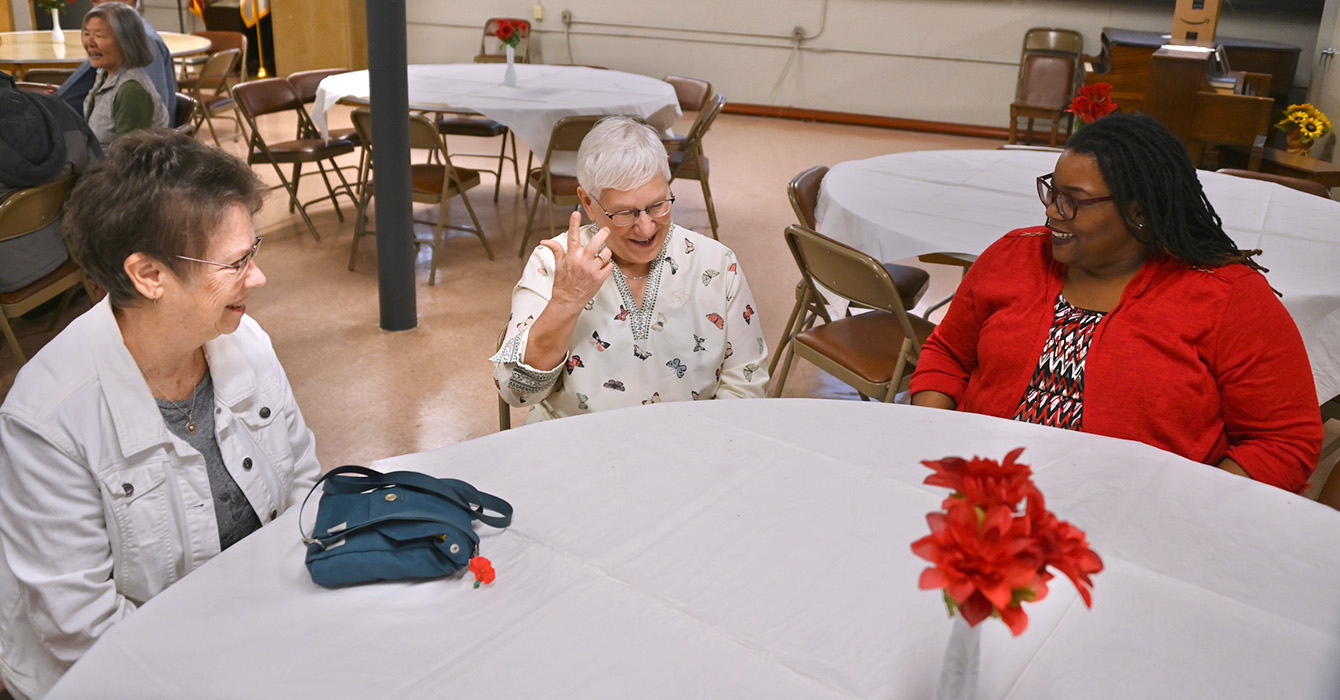This is the third of five blog posts on Francis Asbury as a model for second pastors inspired by John Wigger’s biography, “American Saint: Francis Asbury and the Methodists.” Please also see the first, second, fourth, and fifth.
John Wesley had a kind of authority that Francis Asbury did not. It is the authority of a founding pastor. The Methodist movement was built upon Wesley’s vision for renewal in the Church of England through the creation of societies, classes, and bands that followed three general rules of accountability and spiritual growth. Those who were not inspired by this vision simply didn’t join the movement.
Asbury became a leader in the movement under Wesley’s authority, based on his ability to live out Wesley’s vision. But when Asbury sailed to the American colonies under Wesley’s authority, he found a Methodist movement that respected but did not always submit to Wesley. “Wesley didn’t understand that Asbury couldn’t control the more democratically minded American conference as Wesley did the British,” Wigger writes.
How does one lead in such a context?
Asbury recognized that the key to leading the American Methodists was to give up some authority in order to gain it back. To this end he rejected Wesley’s sole authority to ordain him as superintendent (through Thomas Coke). He adapted, and submitted to being elected by the American Methodists as their bishop. Asbury gave up Wesley’s founding authority in order to accept the authority that the American church would give him in its place. It was a wise move -- he gained back more authority than he lost.
I have found this dynamic to be true in the context of being a second pastor. I do not have the inherent authority of the founding pastor. I cannot simply wrestle the congregation into submission of either the founding pastor’s vision or a new vision. Being a Methodist, I also cannot fall back on the theological authority inherent my ordination by the bishop. I must woo my people.
I did this in my first year and a half primarily in one way: opening up the conversation about the future vision of the church. We had a congregation-wide consultation day led by church consultant John Savage , in which people were encouraged to disagree openly with where the church was going.
This was a little scary. I found that while many people submitted to the vision of the founding pastor, they did not always like it. I was not always able to “control” this sentiment in the same way that Asbury could not control the American Methodists. I wondered whether we were losing some key aspects of the past vision of the church. Would we degenerate into a community that wanted everyone to have a say on everything?
What happened surprised me. The congregation did not expect that everyone’s ideas be followed through. What they expected was to be listened to, and coming out of that day, they felt not only listened to, but heard. Once they trusted that I would take into account what they said, even if I would not always act on it, they were willing to give authority back to me to lead. In some sense, while I am appointed by a bishop, it was on that weekend that church “voted” me in as their pastor and gave me the authority to lead. I had to give up some of the initial authority for vision casting that the founding pastor inherently held in order to gain that authority back and then some.
Because of that day and several more intentional activities of building trust (see my first reflection), I have been able to cast a new vision for the future of our church that has been enthusiastically embraced. This is the second lesson I’ve learned from Asbury about being a second pastor. Sometimes you have to give up authority in order to gain it back.
Tom Arthur is pastor of Sycamore Creek United Methodist Church in Lansing, Michigan.








